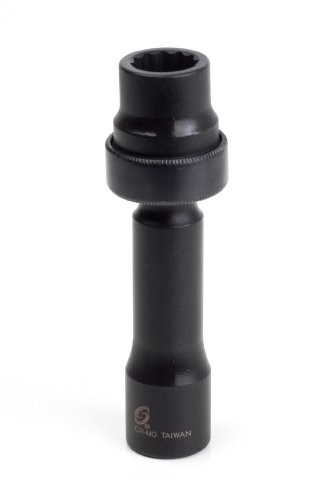- Joined
- Aug 14, 2014
- Messages
- 4,553
- Reaction score
- 1,599
- Location
- Madison, WI
- My Car
- 1971 Mach 1 w/408C stroker
I started a tear down of the engine top to make sure the valvetrain is good, heads and to check for manifold possibly sucking oil from the valley. I was planning on removing the heads to check on the gasket since I have been noticing some black sooth coming from the heads at the front of the engine. In any case, I found a surprise with the plug of cylinder 7. The plug looks smooshed but shows no signs of significant impact. The other plugs look good. Strange is that the engine was running well. I did check the plugs a few times after I rebuilt the engine so this probably happened within the last two years. Maybe that explains the power drop off I showed in the dyno earlier this summer. Maybe I have been running on 7.5 cylinders for a while. Right now it is anyone's guess, but I am suspicious that some debris got there and hopefully did not cause more damage. One possibility is that I noticed that the epoxy and reinforcement I placed on the intake manifold to block the exhaust passage was gone. I don't know how this is all connected, but could some of that stuff made its way into the cylinder. Tonight I will be checking compression in all cylinders just as I had planned for checks and then remove the heads to check what awaits me there.



























































